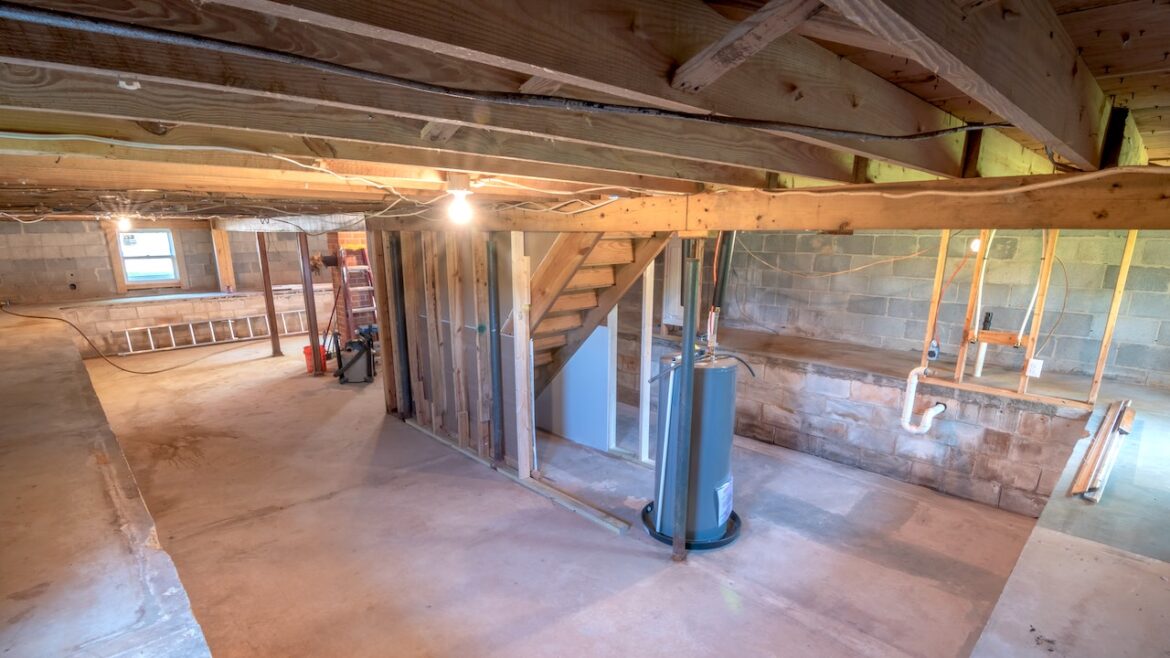Got a moldy situation brewing in your basement? You might be thinking, “Out of sight, out of mind,” but hold your horses! Mold in the basement can be like that uninvited party guest who crashes the entire house.
Yes, mold in the basement can absolutely affect upstairs areas of your home. Mold spores are airborne and can easily travel through air currents, often facilitated by your HVAC system.
his can lead to respiratory issues, allergies, and even a decrease in property value. It’s crucial to address basement mold promptly to prevent it from affecting the entire house. Proper ventilation and professional remediation are key steps in tackling this issue.
The same applies to a crawl space, which is much more common in Florida: Crawlspace mold will affect your home’s health and air quality.
Let’s dig into the nitty-gritty of how this happens and what you can do to keep your upstairs mold-free.
The Sneaky Ways Mold Travels
First up, let’s talk about your home’s airflow. Mold spores are lighter than air, making it easy for them to hitch a ride on air currents. According to the Environmental Protection Agency (EPA), indoor air can be 2 to 5 times more polluted than outdoor air, and mold is often a contributing factor.
Your HVAC system can circulate these spores throughout the house, including upstairs. Mold is a master infiltrator! It can creep its way through porous materials like wood and drywall.
Ever heard of “sick building syndrome”? According to a study published in the International Journal of Occupational Medicine and Environmental Health, mold is a significant contributor. If your basement shares structural elements with the upper floors, mold can literally climb the walls to reach upstairs.
Health Implications of Upstairs Mold
If mold spores make their way upstairs, they can wreak havoc on your respiratory system. The Centers for Disease Control and Prevention (CDC) states that exposure to mold can lead to symptoms like coughing, wheezing, and throat irritation.
For asthma sufferers, the effects can be even more severe.
Mold exposure can also trigger allergies and skin irritations.
Prevention and Remediation
The best offense is a good defense. Keep your basement dry to prevent mold in the first place. The EPA recommends maintaining indoor humidity levels between 30-50%. Invest in a good dehumidifier and make sure your basement is well-ventilated.
Sometimes, mold problems are too big to tackle alone. In such cases, it’s wise to call in the pros.
Conclusion
Mold in the basement isn’t just a basement problem—it’s an entire house problem. From health risks to property value, the effects can ripple upstairs in ways you might not have imagined.
With proper prevention and remediation, you can keep your home mold-free from top to bottom. Now, go check that basement and make sure you’re not hosting an unwanted mold party.







